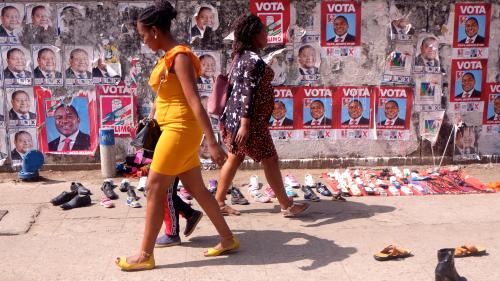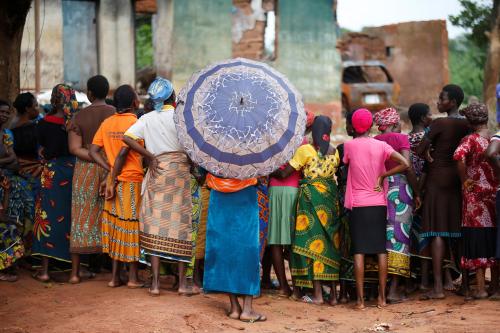A recently released World Bank working paper, Gender gaps in property ownership in sub-Saharan Africa, explores female property ownership across the continent. The paper, using data from 28 sub-Saharan African countries, finds that women are significantly less likely to own property (land and housing). The study also separately looks at both ownership of land and housing, finding that there is a strong correlation in ownership rates between the two forms of property.
As Figure 1 shows, women are less likely to own both land and housing. The gap is largest for sole ownership of housing with only 13 percent of women claiming sole ownership compared to 39 percent of men. This gap narrows when joint ownership is included with 43 percent of women and 55 percent of men claiming they have sole or joint ownership of some housing. According to the paper, this ownership gap results in 20 million fewer women having any housing ownership in sub-Saharan Africa.
Figure 1: Gender gaps translate into millions of disadvantaged women in Africa
Looking at the pattern across countries, gender gaps in ownership are largest in West African countries and smallest in Southern African countries (Figure 2). In a few countries such as Lesotho, Liberia, and Ethiopia, combined joint and sole ownership of housing is higher for women than men. Looking within countries, Figure 3 shows that the gender gap in property ownership is larger in rural areas. As with the continent-wide data, the gender gap is narrower when joint ownership is included (Figure 3, right-hand panel). A caveat in the urban-rural disaggregation is that the gap is narrower not because women have higher property ownership rates in urban areas but rather men are much less likely to own property.
Figure 2: Gender gaps in property ownership are largest in West Africa
Figure 3: Gender gaps in property ownership are larger in rural areas
In the econometric analysis, the paper finds several variables to be strong determinants of property ownership; women working in agriculture compared to those who do not work are more likely to own property. Similarly, both men and women with higher levels of education are more likely to be property owners. Lastly, as expected, legal discrimination is a significant determinant and women have higher property ownership rates in countries where property ownership laws are more equitable.







Commentary
Figures of the week: Female property ownership in sub-Saharan Africa
September 14, 2018